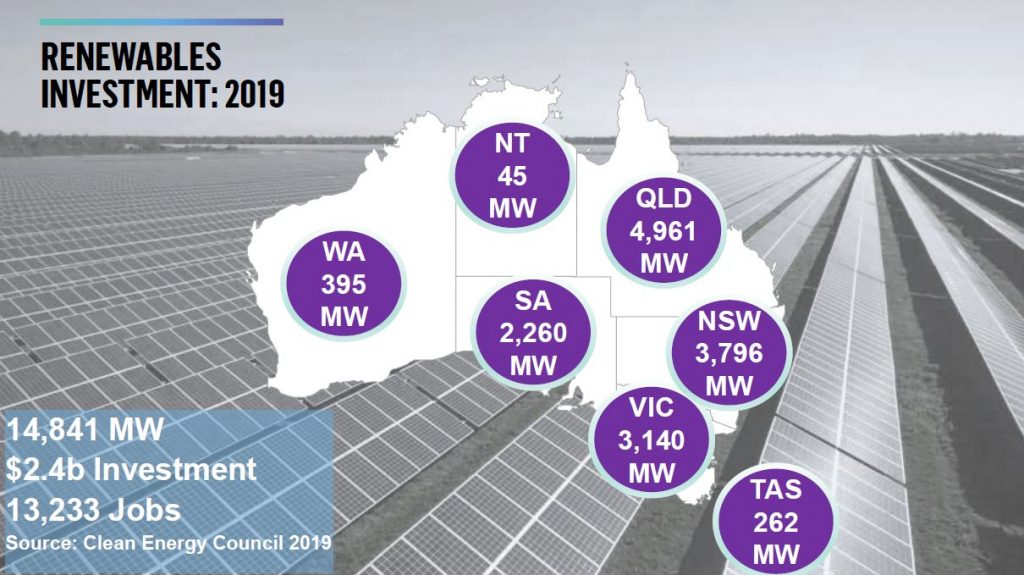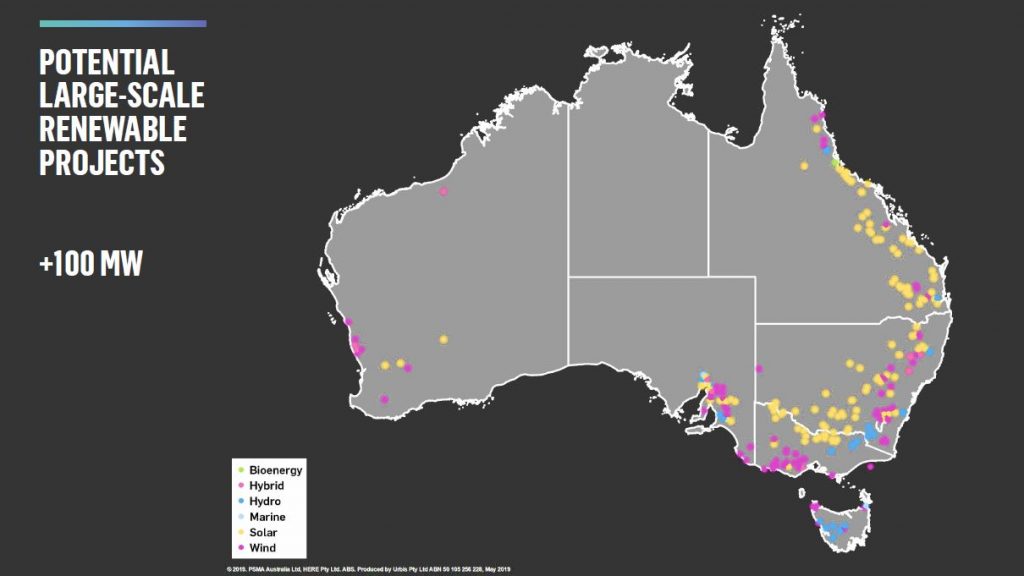Renewables, once dismissed as too expensive to compete with conventional energy sources are now seen as a viable alternative.
However, there are limitations in delivering these alternatives from an approvals and land-use policy perspective. So, what is the role of planning? What actions must planners and authorities consider for the transition to renewable energy to be achieved?
Australia and the world are rapidly entering the renewable energy era as an essential move to respond to rising greenhouse gas emissions.
Globally, this shift has largely been made up of moves away from inefficient technologies and towards more efficient energy usage and cleaner power generation. Improving energy efficiency and growth of renewable energy generation are the main pillars of this transition.
While power generation, energy efficiency and sustainability have a national platform there is no national framework or co-ordination of approval requirements and land use policy for the delivery of renewable energy projects. Therefore, local and global investors are faced with a multitude of statutory planning layers and policy inconsistencies within States and between States when seeking to roll out projects.


